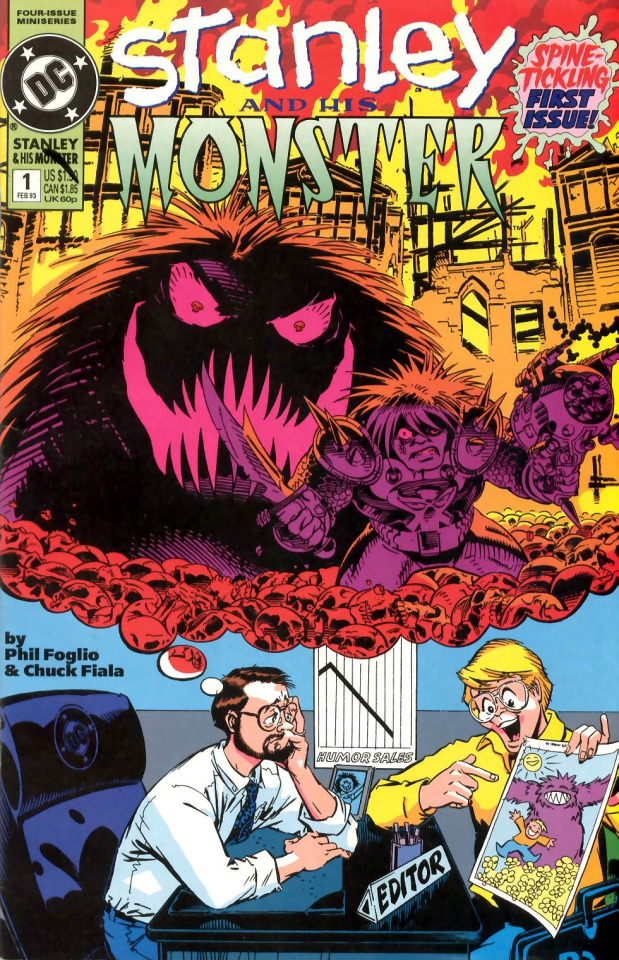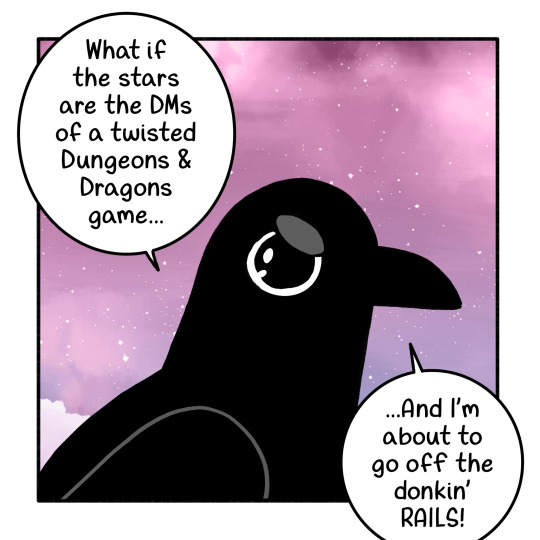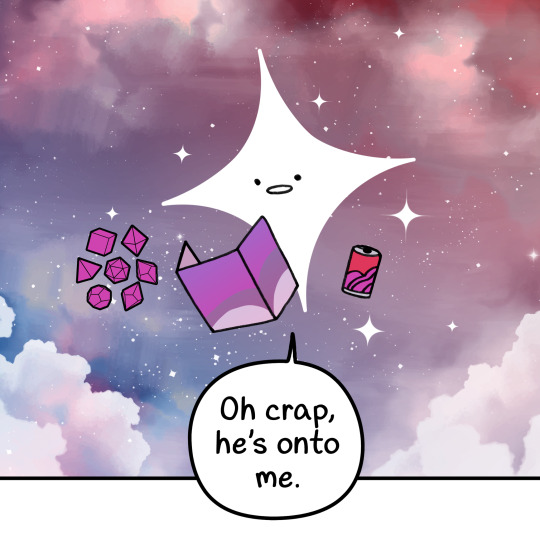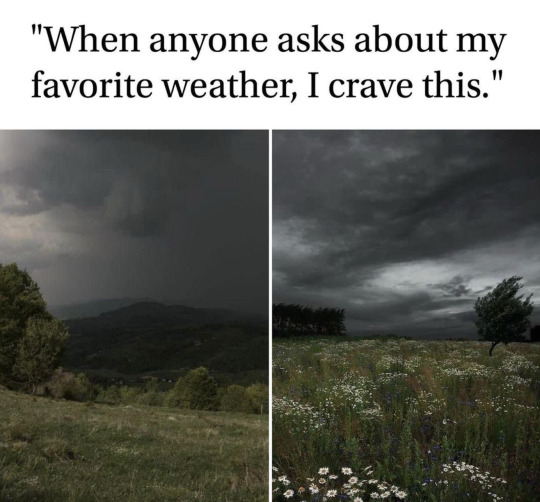Text
One of the most memorable interactions was Saturday. Into our booth strolls a small family, tempted by free samples of freshly brewed tea. We chatter and give them the spiel, that the tea is character merch and we’re a cozy health-based app called Forage Friends.
The young girl zeroes in on our pride pins.
“They have my pin!” She says excitedly. “They have my flag!”
The dad blinks. He is surprised, but also calm and positive when he sees it’s the lesbian flag. “Oh. That’s… different from what you told me.”
“That was months ago, dad.” And she rolls her eyes. Definitely a teenager.
I turn to him and say, “Yeah, dad.” And we share a little laugh about it.
He says, “No, it’s great. That’s amazing, honey. It was just news to me.”
“Well, I guess I just decided to stop lying to myself. About liking guys. Like right now.”
A little lesbian just came out to her dad and he was super cool about it.
I’m standing there in my tie-dye mask and my cheery blue apron pouring tea and making small talk and I’m trying really hard not to cry or compare it to my experience, the fire & brimstone, the disgust, the conditional acceptance as long as I never bring it up.
So as this beautiful bonding is going on, the girl’s even younger brother turns his gaze around. He’s in a snorlax hoodie and bored and wants to go look at the swords across the hall. But on the other side of our booth….
“WHY DO PEOPLE DRAW THAT?” He asks loudly, and we all turn to our neighboring booth.
Our neighbors were extremely lovely people. Every time we had a break we would talk, and we became good friends over the weekend. They kept apologizing that their booth was next to ours and we kept repeating that it was totally fine. Their booth was great. I even bought their merchandise.
The thing that was so contentious, that they felt the need to apologize for, was that they were selling explicit titty hentai stickers of popular characters. They were censored with little yellow R18 labels but the content was very clear.
So back to the family: I freeze and immediately go somewhere else to let dad handle this question. With adult customers I’ve been loud and positive about our neighbors. (“Man, how has it been boothing next to them?” It’s been great! They bring a lot of foot traffic and they’re kind and wonderful professional neighbors. If anything it’s a fun juxtaposition. We believe in artistic freedom. I bought a sticker too!)
But this is a kid, it’s not my place to explain anything…. But I was extremely curious about what this chill dad would say.
“Well,” dad says with a long measured silence between each word. “Sometimes people are horny.”
20K notes
·
View notes
Text

Losing my mind over this post on r/NoStupidQuestions
170K notes
·
View notes
Text
Examples of stories told from 4th person POV:
The Virgin Suicides by Jeffrey Eugenides
"A Rose for Emily" and, I believe, certain other Yoknapatawpha County stories by William Faulkner
Weightless by Sarah Bannan
The Fates Will Find Their Way by Hannah Pittard
Half by Sharon Harrigan
All of these aside from the last one (which is told from the perspective of a pair of twin sisters) use 4th Person POV to capture the perspective of a community viewing and commenting on events that directly involve individual members, but spill out to effect everyone around them.
In The Virgin Suicides and The Fates Will Find Their Way, it's also used to make a point about how the groups of anonymous male narrators obsess and observe the girls at the heart of the books, but don't truly know anything about them or their inner lives.
Different POVs In Writing
POV - Short for Point Of View, meaning that the audience is experiencing a story from the perspective of a specific person or outside entity; they are part of the story in one way or another
• 1st Person POV - Experiencing a story from the perspective of the main character. Pronouns will be I, me, my, mine, etc
• 2nd Person POV - Experiencing a story from your own perspective as if you were a character within the story. Pronouns will be you, your, yours, etc. Stories are rarely written from this perspective outside of Choose Your Own Adventure style stories
• 3rd Person POV - Experiencing a story from an outside perspective. No personal pronouns will be used for you, but other characters will be referred to as he, she, they, it, etc
• 4th Person POV - Experiencing a story through a collective perspective. Pronouns include we, us, someone, anyone, etc. I’ve never seen a story written from this perspective. Fourth person perspective is mostly used in livestreams, in which the chat forms a non-specific collective presence that are all addressed as one
295 notes
·
View notes
Text
You know the Grimm version of Snow White makes more sense than most versions if only because in that version Snow White was like 7 years old.
93K notes
·
View notes
Text
I’ve seen this comment a few times on my art here and on insta and I’m genuinely curious— WHERE did people get the idea that the Creature “just had creepy eyes”?? That Victor only ran away because the Creature’s eyes freaked him out?
I’ve seen people say this repeatedly and it couldn’t be further from the truth like. He is explicitly described as an eight foot tall cobbled together corpse with skin that barely covers his veins, yes his eyes are creepy but that would probably be the last thing anyone would notice about the Creature tbh 😭
2K notes
·
View notes
Text
What are the WORST birthdays to have? Bad news, folks - it's MOST of the year...
Watch the full episode on Dropout
368 notes
·
View notes
Text
I was meeting a client at a famous museum’s lounge for lunch (fancy, I know) and had an hour to kill afterwards so I joined the first random docent tour I could find. The woman who took us around was a great-grandmother from the Bronx “back when that was nothing to brag about” and she was doing a talk on alternative mediums within art.
What I thought that meant: telling us about unique sculpture materials and paint mixtures.
What that actually meant: an 84yo woman gingerly holding a beautifully beaded and embroidered dress (apparently from Ukraine and at least 200 years old) and, with tears in her eyes, showing how each individual thread was spun by hand and weaved into place on a cottage floor loom, with bright blue silk embroidery thread and hand-blown beads intricately piercing the work of other labor for days upon days, as the labor of a dozen talented people came together to make something so beautiful for a village girl’s wedding day.
What it also meant: in 1948, a young girl lived in a cramped tenement-like third floor apartment in Manhattan, with a father who had just joined them after not having been allowed to escape through Poland with his pregnant wife nine years earlier. She sits in her father’s lap and watches with wide, quiet eyes as her mother’s deft hands fly across fabric with bright blue silk thread (echoing hands from over a century years earlier). Thread that her mother had salvaged from white embroidery scraps at the tailor’s shop where she worked and spent the last few days carefully dying in the kitchen sink and drying on the roof.
The dress is in the traditional Hungarian fashion and is folded across her mother’s lap: her mother doesn’t had a pattern, but she doesn’t need one to make her daughter’s dress for the fifth grade dance. The dress would end up differing significantly from the pure white, petticoated first communion dresses worn by her daughter’s majority-Catholic classmates, but the young girl would love it all the more for its uniqueness and bright blue thread.
And now, that same young girl (and maybe also the villager from 19th century Ukraine) stands in front of us, trying not to clutch the old fabric too hard as her voice shakes with the emotion of all the love and humanity that is poured into the labor of art. The village girl and the girl in the Bronx were very different people: different centuries, different religions, different ages, and different continents. But the love in the stitches and beads on their dresses was the same. And she tells us that when we look at the labor of art, we don’t just see the work to create that piece - we see the labor of our own creations and the creations of others for us, and the value in something so seemingly frivolous.
But, maybe more importantly, she says that we only admire this piece in a museum because it happened to survive the love of the wearer and those who owned it afterwards, but there have been quite literally billions of small, quiet works of art in billions of small, quiet homes all over the world, for millennia. That your grandmother’s quilt is used as a picnic blanket just as Van Gogh’s works hung in his poor friends’ hallways. That your father’s hand-painted model plane sets are displayed in your parents’ livingroom as Grecian vases are displayed in museums. That your older sister’s engineering drawings in a steady, fine-lined hand are akin to Da Vinci’s scribbles of flying machines.
I don’t think there’s any dramatic conclusions to be drawn from these thoughts - they’ve been echoed by thousands of other people across the centuries. However, if you ever feel bad for spending all of your time sewing, knitting, drawing, building lego sets, or whatever else - especially if you feel like you have to somehow monetize or show off your work online to justify your labor - please know that there’s an 84yo museum docent in the Bronx who would cry simply at the thought of you spending so much effort to quietly create something that’s beautiful to you.
26K notes
·
View notes
Text
Rereading Young Justice 1998 and I always forget that there's an arc where, in order to escape government agents trying to capture them, they use their magic sentient motorcycle to phase down into the earth's crust
and while they're down there they find a strange dark cavernous space filled with flames and lava and tiny demons that feed on suffering, and also there are disco balls and people wearing bellbottoms
and Robin recognizes everyone there as scumbags and murderers that he's investigated or heard of at one time or another
and it's all run by a guy named Dante, because this is his (disco) Inferno
and the joke is, of course, that Hell looks like the 70s (and/or the 70s are worse than hell)
EXCEPT
it's literally not hell
Dante is just SOME GUY who FOUND A CAVE filled with FLAMES AND LAVA and TINY DEMONS that FEED ON SUFFERING!!
literally just some guy! Who went "Man, y'know what would be neat? If I kidnapped CEOs and murderers, tricked them into thinking they died, and set up a 70s themed prison for them. And told them it was Hell! And fed their suffering to all these tiny demons!"
and then stole all the CEOs' assets in order to finance his underground 70s-themed fake-hell prison where he feeds the prisoners' suffering to his tiny demons
#the place is called heck btw#disco heck#and there's a non-zero chance this all happened because peter david wanted to send the kids to actual hell#because he was told he need to participate in a crossover event where the stated actual premise was 'hell is freezing over'#and he was already writing a character in this series who's a sentient hellportal#(and also Supergirl who was at the time part angel)#so this should've been a slam-dunk opportunity for a crossover with actual relevance to the characters#BUT#the book was aimed at children#so the editors told him he wasn't allowed to use the word hell#in the actual crossover issue the creative team is INCREDIBLY passive-aggressive about the whole 'heckin' thing and it's hilarious#dc comics#young justice
337 notes
·
View notes
Text
Men and masculinity are not inherently bad or untrustworthy things and I don't mean that in a 'misandry is real and a problem' way, I mean that in a 'I think some of you might have contracted minor radfem poisoning' way
29K notes
·
View notes
Text
And onto the reason I started this Stanley and His Monster read:

Find the Foglio fan out there who isn't looking at this and cackling. Oh Phil. Oh Phil. You have such a very specific art style and concept of how you want to put a story together.
15 notes
·
View notes
Text
803 notes
·
View notes
Text
1K notes
·
View notes
Text
"In a historic “first-of-its-kind” agreement the government of British Colombia has acknowledged the aboriginal ownership of 200 islands off the west coast of Canada.
The owners are the Haida nation, and rather than the Canadian government giving something to a First Nation, the agreement admits that the “Xhaaidlagha Gwaayaai” or the “islands at the end of world,” always belonged to them, a subtle yet powerful difference in the wording of First Nations negotiating.
BC Premier David Eby called the treaty “long overdue” and once signed, will clear the way for half a million hectares (1.3 million acres) of land to be managed by the Haida.
Postal service, shipping lanes, school and community services, private property rights, and local government jurisdiction, will all be unaffected by the agreement, which will essentially outline that the Haida decide what to do with the 200 or so islands and islets.
“We could be facing each other in a courtroom, we could have been fighting each other for years and years, but we chose a different path,” said Minister of Indigenous Relations of BC, Murray Rankin at the signing ceremony, who added that it took creativity and courage to “create a better world for our children.”
Indeed, making the agreement outside the courts of the formal treaty process reflects a vastly different way of negotiating than has been the norm for Canada.
“This agreement won’t only raise all boats here on Haida Gwaii – increase opportunity and prosperity for the Haida people and for the whole community and for the whole province – but it will also be an example and another way for nations – not just in British Columbia, but right across Canada – to have their title recognized,” said Eby.
In other words, by deciding this outside court, Eby and the province of BC hope to set a new standard for how such land title agreements are struck."
-via Good News Network, April 18, 2024
13K notes
·
View notes
Text
Pigeon attempts to court falcon
97K notes
·
View notes





